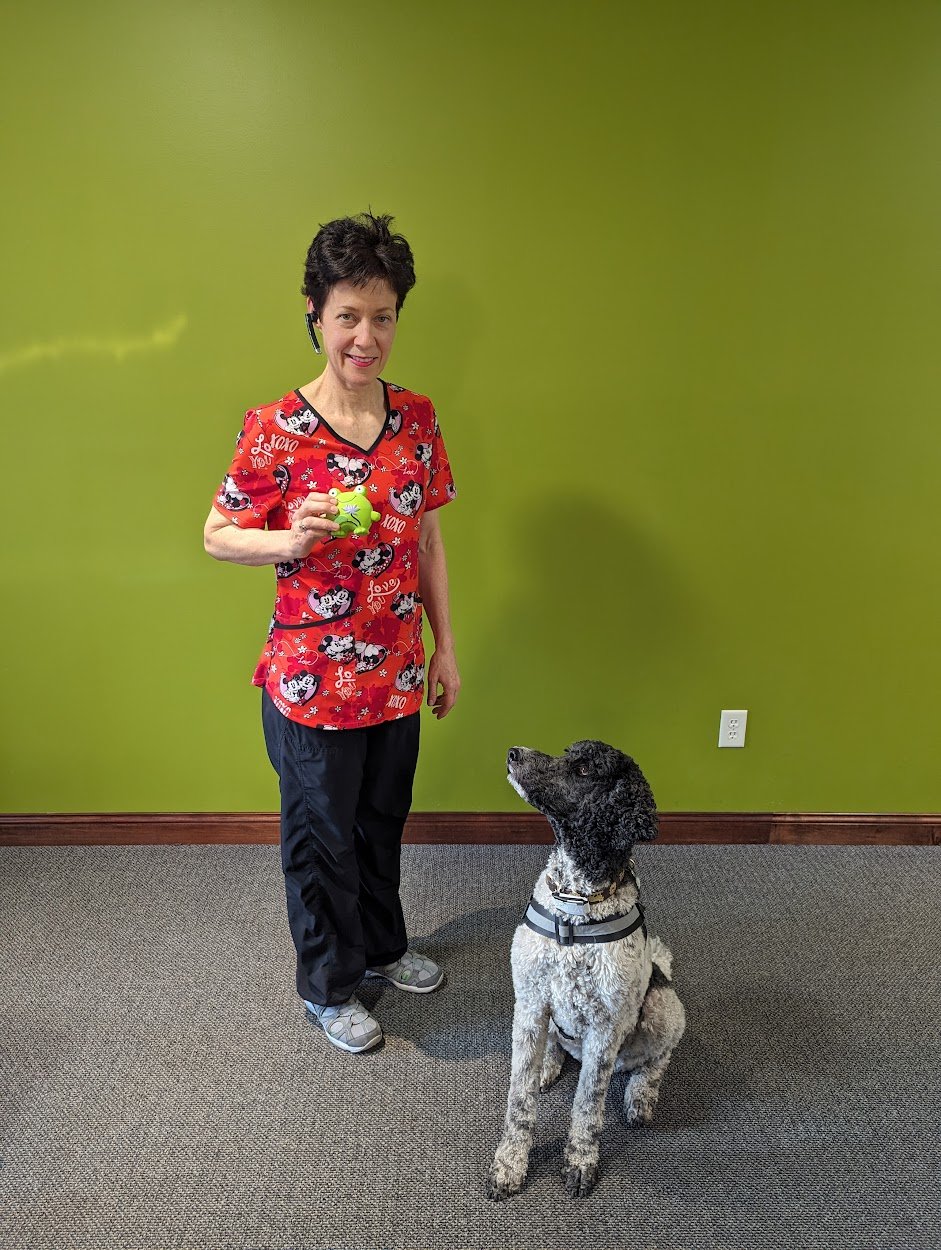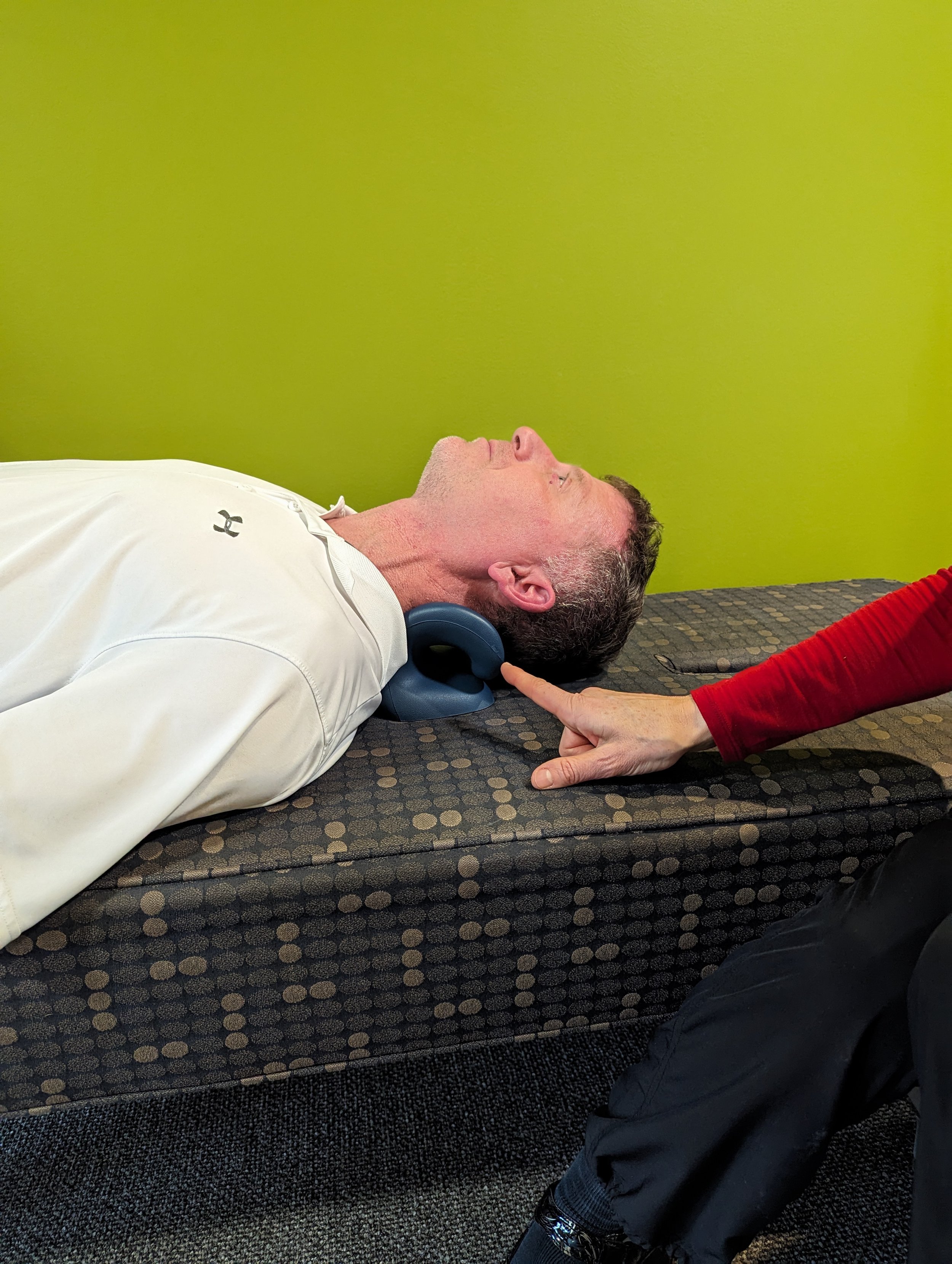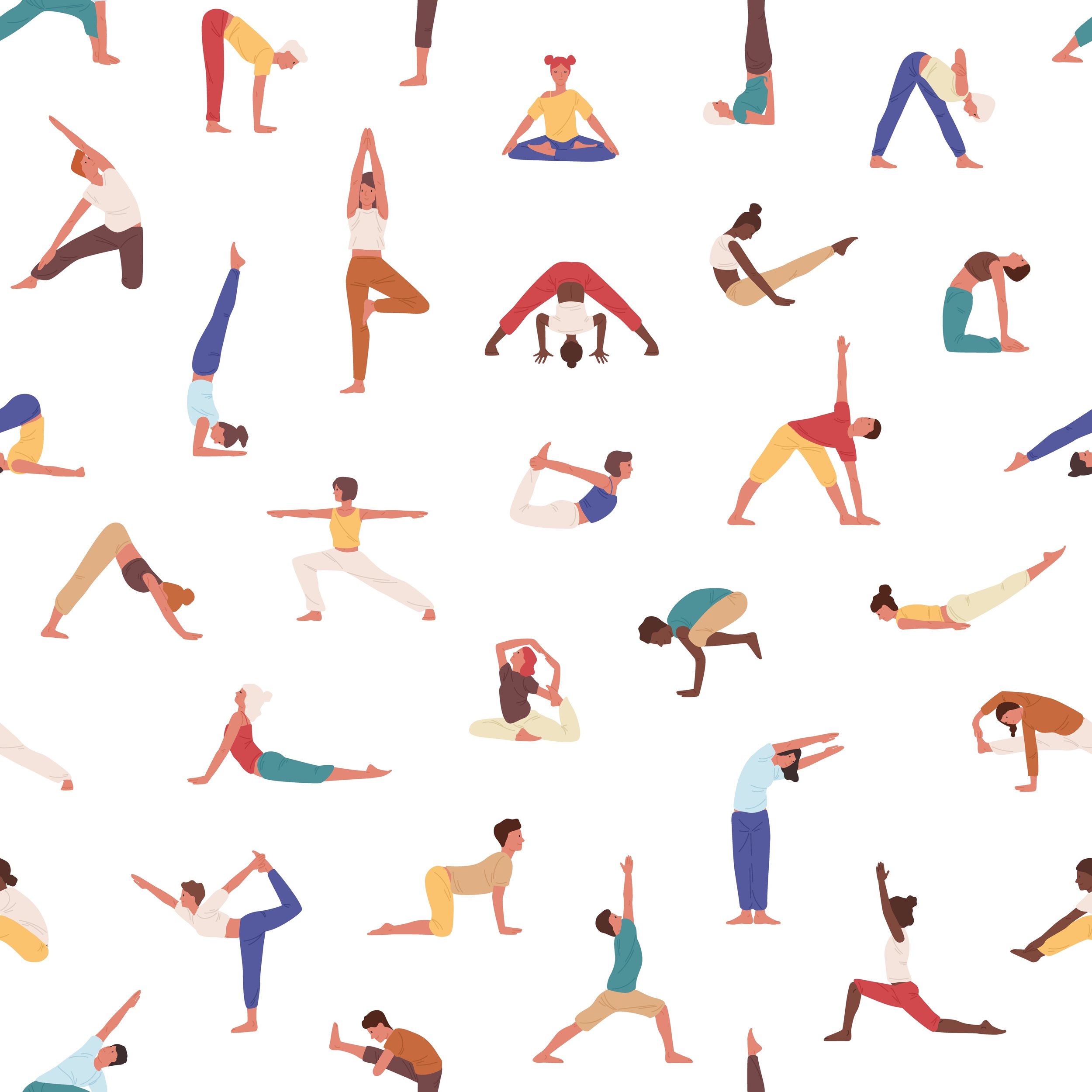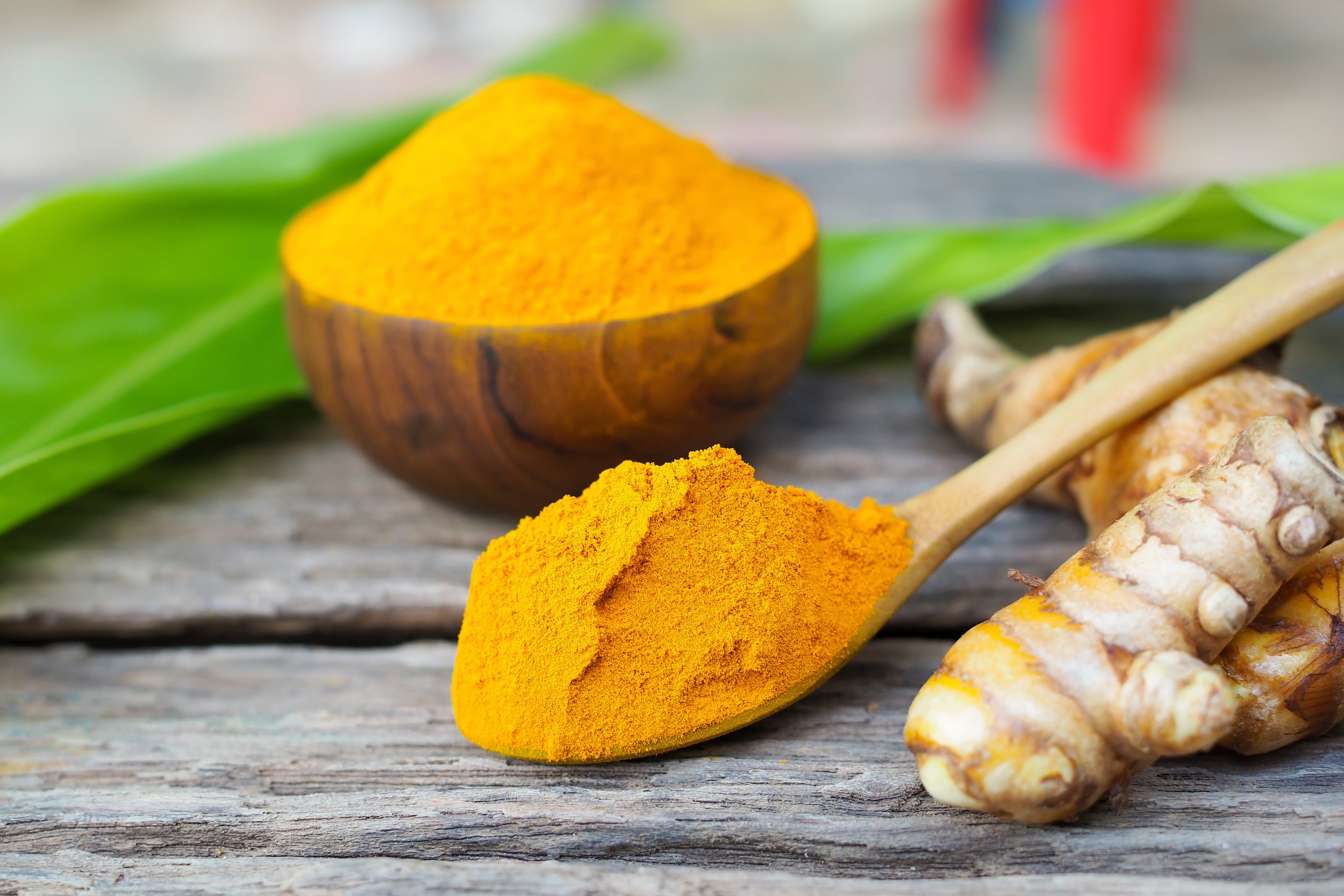MEDICARE CHIROPRACTIC MODERNIZATION LEGISLATION
The beautiful thing about being in practice for 30 years is that many of your patients will grow old with you. The not so beautiful part of reaching Medicare age is that chiropractic benefits suddenly revert to what they were 50 years ago, at the inception of chiropractic benefits under the Medicare act. For everyone except this particular age bracket over 65, chiropractic coverage has for the most part steadily improved over the last 50 years, to keep up with changes in education and scope of practice to include a large portion of the services offered by comprehensive chiropractic offices such as ours. And so it can be a bit of an unpleasant surprise for patients, and a bit of an administrative headache to communicate this unfortunate reality: Medicare chiropractic benefits are pretty skeletal, reduced to manual adjustments for spinal conditions only for the purpose of recovering from acute injuries or managing spinal conditions to the maximum medical improvement. It excludes evaluation and management codes, extra spinal treatment, and any supportive measures in addition to the adjustment that are done routinely in chiropractic offices. It also specifically excludes the management of chronic conditions, which make up the vast majority of presenting complaints for people over the age of 65. In summary, the current chiropractic Medicare benefits that were established by an act of Congress 50 years ago are grossly inadequate for the current standard of care in chiropractic practices. And the situation is grossly out of line with all of the commercial private insurance coverage that most people under the age of 65 receive.
We can grumble about it forever, but a more productive avenue for this unfortunate situation and the frustration it fosters for both patients and provider is to rectify the problem by aligning current chiropractic Medicare benefits with the standard of insurance coverage. A bill was introduced in 2023, S.799 Chiropractic Medicare Modernization Act, and is looking for more sponsors and most definitely from vocal grassroots patient support. If you or your loved ones have found themselves in the situation of encountering very limited Medicare chiropractic reimbursement, please contact your federal elected officials to voice your support for the bill. Your voice is valuable and carries more weight than that of the providers.
To locate your federally elected representative by ZIP Code:
https://www.house.gov/representatives/find-your-representative


















